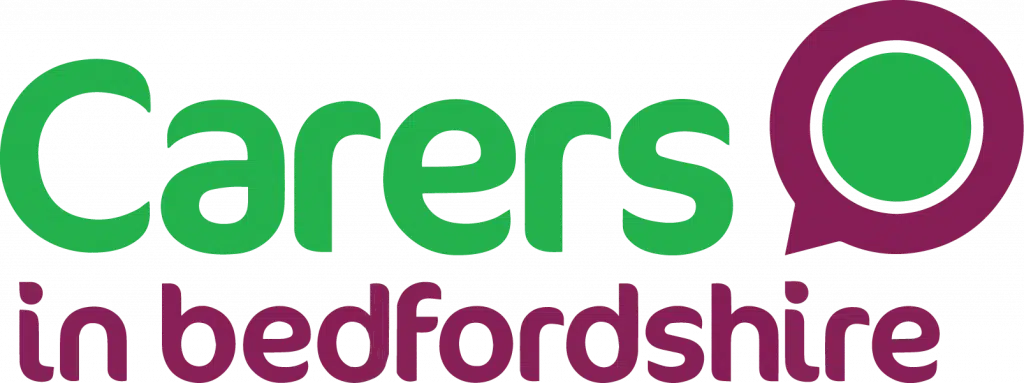Carers in Bedfordshire is encouraging more male carers to sign up for support while celebrating and recognising the vital contribution unpaid family carers make to the county during Carers Week.
Carers Week is a national annual awareness campaign and the theme of the week, running 6 to 12 June, is to ‘make caring visible, valued and supported.’ A carer is anyone who cares, unpaid, for their family member or friend who due to illness, a disability, additional needs, a mental health condition, or an addiction, cannot cope without their support, or needs extra help as they grow older.
Carers in Bedfordshire is running a targeted Men Care Too campaign with leaflets going through doors and social media adverts being posted to reach male carers who might not be aware of the help available to them. The charity is also hosting a series of special mental health talks for male carers over the next few months, with the first starting on 15 June, during Men’s Health Week.
Chief Executive Officer Chris Stelling said: “We’re running the Men Care Too campaign to encourage men who are in a caring role to register with us, so they know where to turn should they need information or advice to support them in their caring role, or it gets too much. Carers UK figures reveal 42 per cent of unpaid carers are men, yet only 27 per cent of carers registered with us are men, this reduces to just eight per cent when it comes to parent carers.
“Carers Trust research also highlights male carers are less likely to seek help if they’re struggling. We hope these events will be an opportunity for male carers to speak to other men in similar situations and hear about the practicalities of caring from a male perspective.
“At Carers in Bedfordshire we provide essential health and wellbeing support, advice and information. Many carers do not see themselves as carers, because they are just doing what they can for a relative, partner, child, parent or friend. But if that person couldn’t cope without your support, you are a carer and we encourage you to register with us so you too can be supported, visible and valued. If you recognise a man in your life as a carer, please encourage them to register with us. Especially dads, stepdads, granddads or male guardians of a child with additional needs.”
For further information about the Men Care Too campaign visit www.carersinbeds.org.uk/men-care-too




